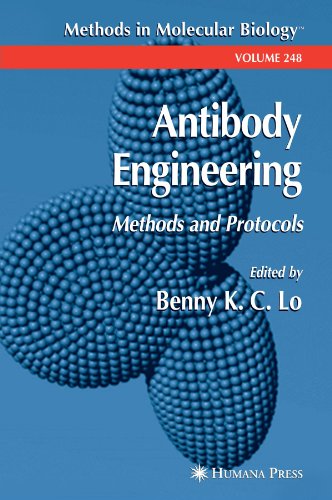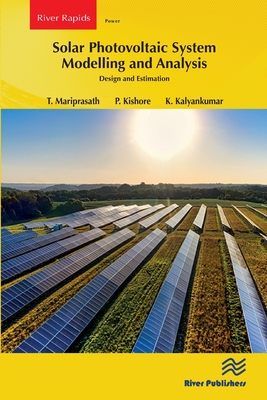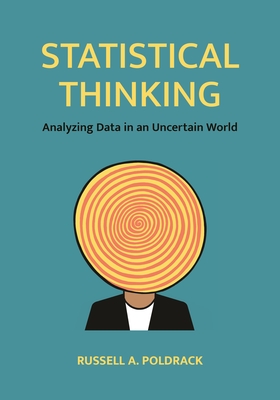
Antibody Engineering:Methods and Protocols(Methods in Molecular Biology)
人体免疫学
¥
2341.00
售 价:
¥
1873.00
优惠
平台大促 低至8折优惠
发货周期:外国库房发货,通常付款后3-5周到货
- 图书详情
- 目次
- 买家须知
- 书评(0)
- 权威书评(0)
图书简介
The exquisite binding specificity of antibodies has made them valuable tools from the laboratory to the clinic. Since the description of the murine hybridoma technology by K鰄ler and Milstein in 1975, a phenomenal number of mo- clonal antibodies have been generated against a diverse array of targets. Some of these have become indispensable reagents in biomedical research, while others were developed for novel therapeutic applications. The attractiveness of an- bodies in this regard is obvious?high target specificity, adaptability to a wide range of disease states, and the potential ability to direct the host?s immune s- tem for a therapeutic response. The initial excitement in finding Paul Ehrlich?s ?magic bullet,? however, was met with widespread disappointment when it was demonstrated that murine antibodies frequently elicit the human anti-murine an- body (HAMA) response, thus rendering them ineffective and potentially unsafe in humans. Despite this setback, advances in recombinant DNA techniques over the last 15?20 years have empowered the engineering of recombinant antibodies with desired characteristics, including properties to avoid HAMA. The ability to p- duce bulk quantities of recombinant proteins from bacterial fermentation also fueled the design of numerous creative antibody constructs. To date, the United States Food and Drug Administration has approved more than 10 recombinant antibodies for human use, and hundreds more are in the development pipeline. The recent explosion in genomic and proteomic information appears ready to deliver many more disease targets amenable to antibody-based therapy.
本书暂无推荐
本书暂无推荐















